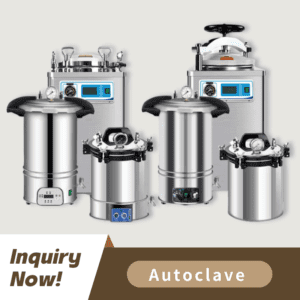

Items must be completely cleaned to eliminate dirt, organic matter, and debris before sterilization. Contaminants can interfere with the sterilization process.
Protect instruments and supplies by wrapping them in materials that can withstand autoclave temperatures to ensure they stay sterile after the cycle.
Do not overload the autoclave and maintain spacing between items so steam reaches every surface.
Always check the autoclave manual for detailed loading instructions and maximum capacity specifications.
Arrange items in the autoclave to ensure steam can move freely among them. Store pouches horizontally and use vented containers for liquids.
When you overload the autoclave it blocks steam circulation which leads to ineffective sterilization of items.
Determine the suitable cycle by matching it to the type of materials you need to sterilize such as using gravity cycle for liquids and vacuum cycle for porous materials.
The autoclave should achieve the needed temperature and pressure levels (such as 121°C or 134°C and 15 psi) while maintaining these conditions for the necessary time period.
To confirm sterilization success, use chemical and biological indicators inside the autoclave during operation.
Items must be cooled before handling them to prevent burns and damage.
Verify that chemical indicators show color change while biological indicators demonstrate no microbial growth.
Maintain sterilized items in sterile condition until use by storing them in a clean and dry area.
Maintain the autoclave chamber and trays through routine cleaning to prevent residue accumulation.
Monitor door seals and gaskets for signs of damage before replacing them when necessary.
Book regular maintenance appointments to keep the autoclave in optimal working condition and ensure safety.
Išvada Utilizing these autoclave preparation and usage tips will lead to effective sterilization while prolonging your autoclave’s operational life. Consistent results and a safe setting in healthcare labs and industrial facilities depend on proper loading and operation of equipment alongside regular maintenance.
Optimize your autoclave performance today:
Access our comprehensive autoclave best practices guide to obtain expert tips and insights.
Begin your autoclave optimization journey by checking out our top-rated accessories for sterilization enhancement.
Our experts provide personalized advice on autoclave preparation and usage when you contact us. Our experts are ready to deliver personalized advice and support when you reach out.

Sterilizacija yra esminis infekcijų kontrolės praktikos elementas tiek sveikatos priežiūros įstaigose, tiek laboratorijose. Sterilizacija autoklave naudojant garus yra veiksminga daugeliu atvejų, tačiau ji nėra optimali, kai
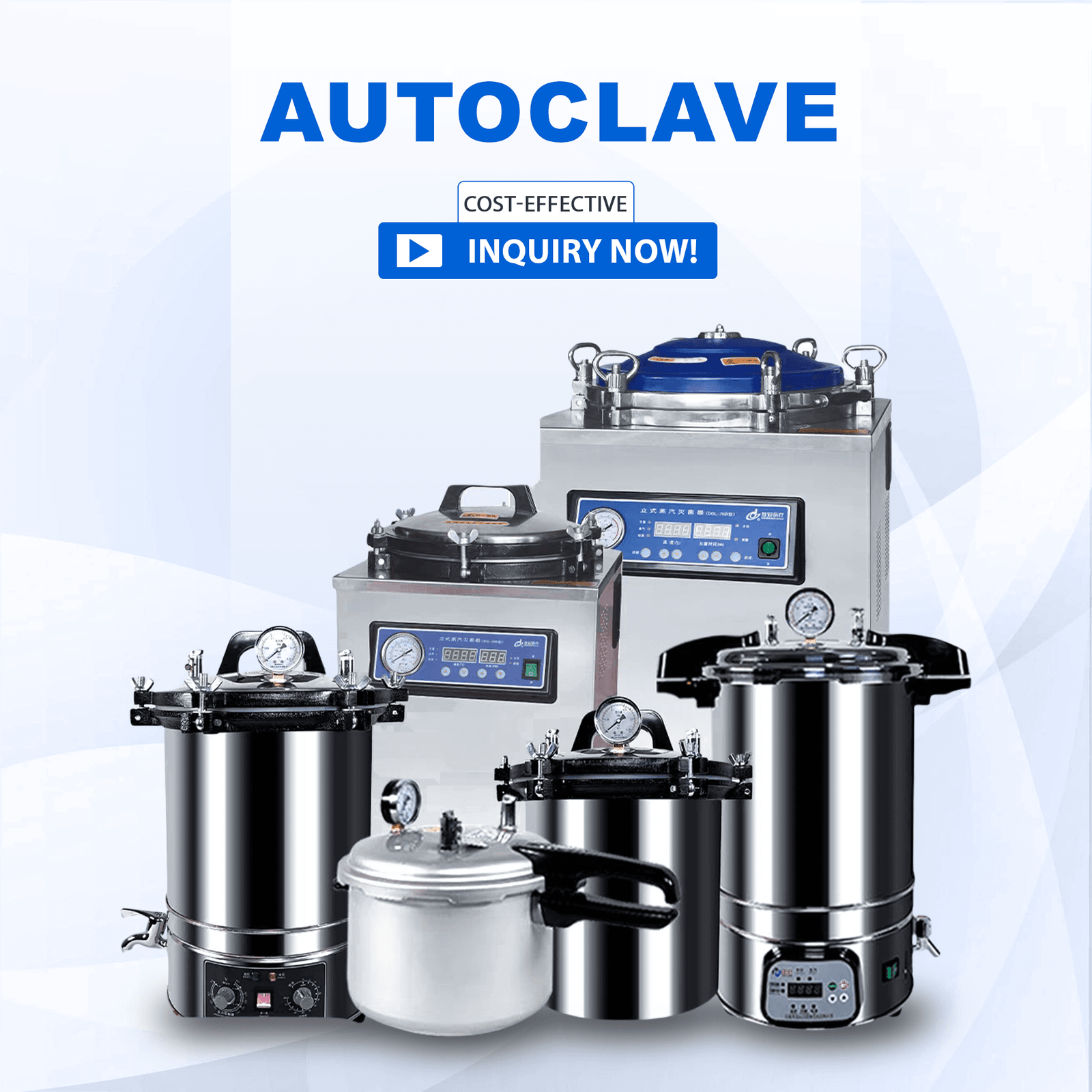
Medicinos specialistai visame pasaulyje pasitiki autoklavais kaip svarbiausiomis priemonėmis, užtikrinančiomis medicinos instrumentų saugą ir sterilumą. Medicinos prietaisų platintojai ir pirkimų specialistai turi suprasti autoklavų veikimo principus ir privalumus

Dėl sveikatos priežiūros pažangos labai svarbu, kad medicinos instrumentai visada būtų saugūs ir sterilūs. Medicinos prietaisų platintojai, prekiautojai ir viešųjų pirkimų specialistai turi išmanyti sterilizacijos metodus, kad galėtų veiksmingai dirbti. Svetainėje
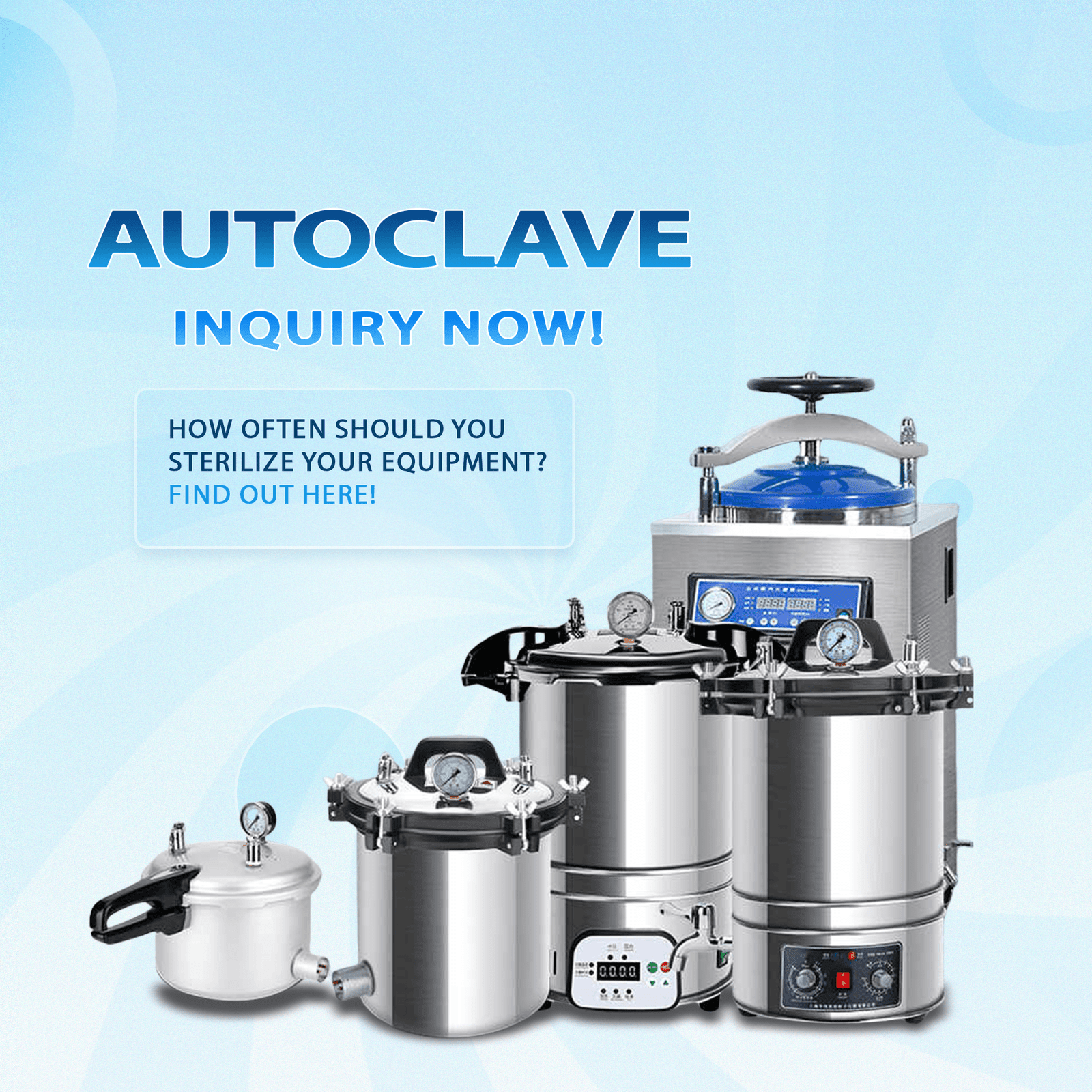
Medicinos prietaisų ir instrumentų sterilizacijai reikalingi autoklavai, nes jie apsaugo pacientų saugą ir padeda laikytis reguliavimo standartų. Sudėtingiausios autoklavų sistemos vis dar turi tam tikrų apribojimų. Medicinos prietaisų platintojai,
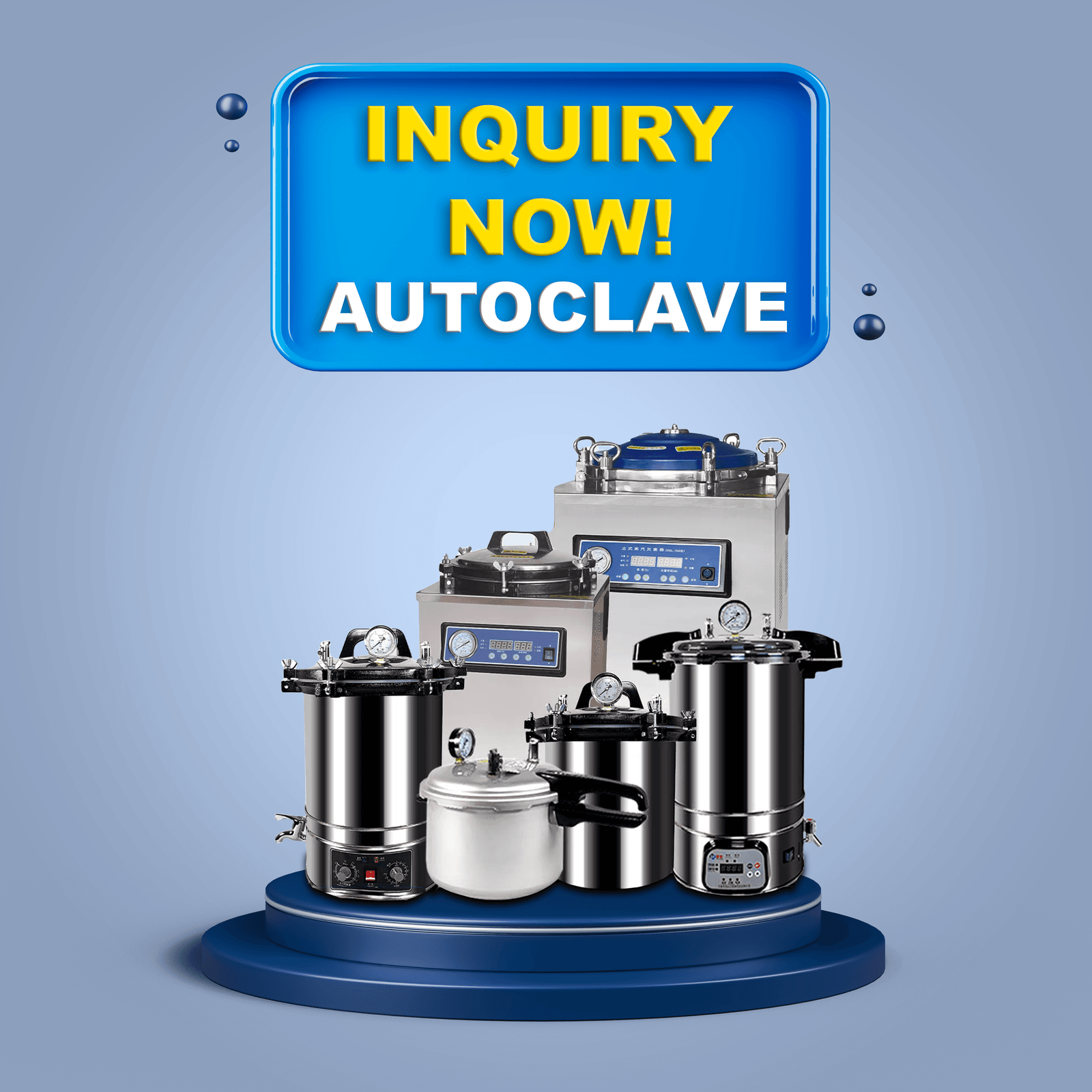
Medicinos prietaisų gamyboje autoklavai yra labai svarbi įranga, nes jie užtikrina nuoseklią įvairių instrumentų ir medžiagų sterilizaciją. Autoklavai naudoja aukšto slėgio prisotintus garus, kad sunaikintų bakterijas, virusus, grybelius ir grybelius.
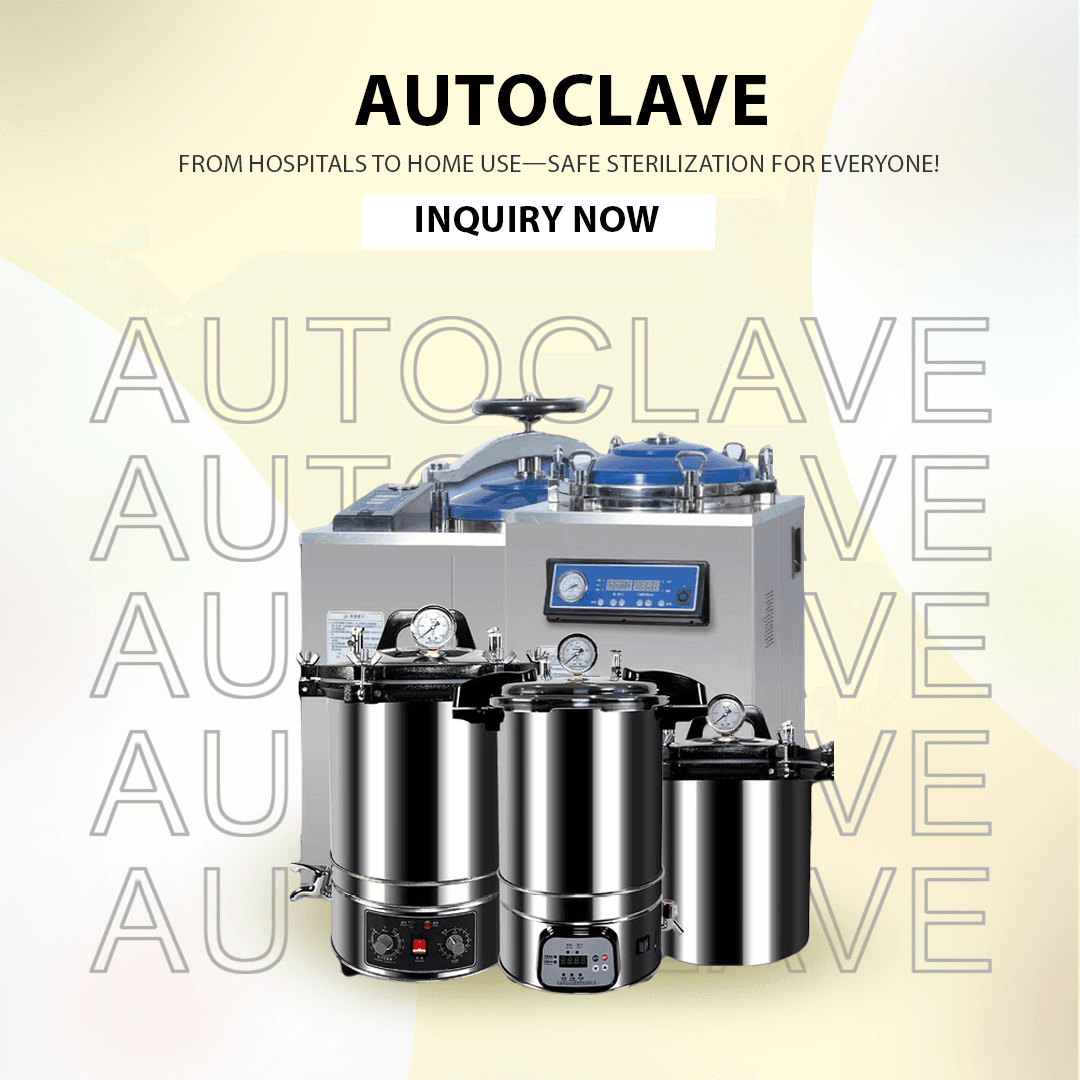
Autoklavai yra labai svarbūs prietaisai sveikatos priežiūros ir mokslo įstaigose, nes juose nuolat sterilizuojami instrumentai ir medžiagos. Medicinos įrangos platintojai, pardavėjai ir pirkimų specialistai turi pasirūpinti, kad autoklavai veiktų